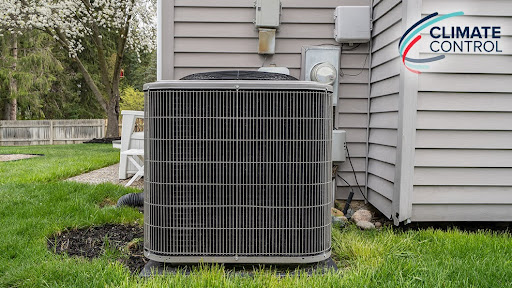With the winter months here, it’s about time you thought about how to protect your plumbing system. It’s not something that most people do, since they’re more worried about sealing obvious air leaks and other, more visible signs of heat loss. However, don’t neglect making sure that your plumbing is well-protected while you’re winterizing your home.
Even if your pipes are located inside your home, extremely cold weather can freeze water trapped inside them. As the water freezes, it expands, and when it expands, it can burst pipes and damage your plumbing. Just like insulating the walls of your home, insulating your pipes and water heater not only protects them from wintertime damage, but also prevents energy losses and reduces overall energy costs.
Heat loss and freezing are two of the biggest dangers your plumbing system and energy budget face during the winter months. Here are a few things you can do to save on energy costs this winter while protecting your plumbing at the same time:
- Insulate your water heater with an insulation jacket. These jackets feature pre-cut, non-allergenic materials that help hold heat inside.
- You can also create your own water heater jacket from faced fiberglass insulation. Just remember to cut away clearance for thermostat controls, vents, etc.
- Use pre-slit foam insulation to cover exposed pipes. You can use duct tape to cover the seams where pieces meet. Both hot and cold water pipes should be insulated to prevent freezing in cold weather.
These straightforward strategies can make all the difference when it comes to keeping your plumbing intact and insulated from cold weather this winter. If you have any more questions about your plumbing, please contact us at Climate Control Company. We’ve reliably served western Colorado’s HVAC needs since 1956.
Our goal is to help educate our customers in Aspen, Vail and the surrounding Western slope communities in Colorado about energy and home comfort issues (specific to HVAC systems). For more information about plumbing systems and other HVAC topics, please visit our website.
Image courtesy of Shutterstock






